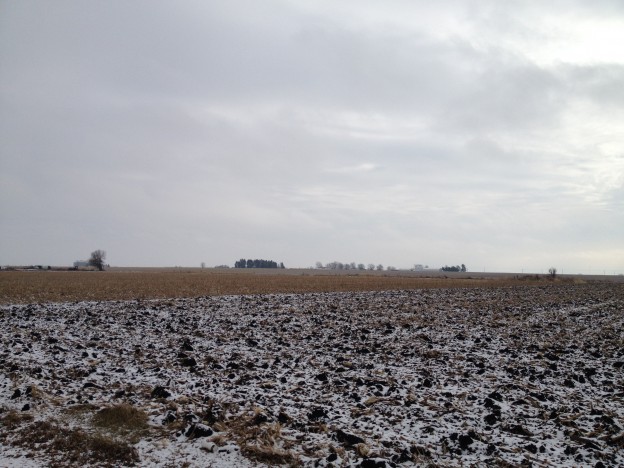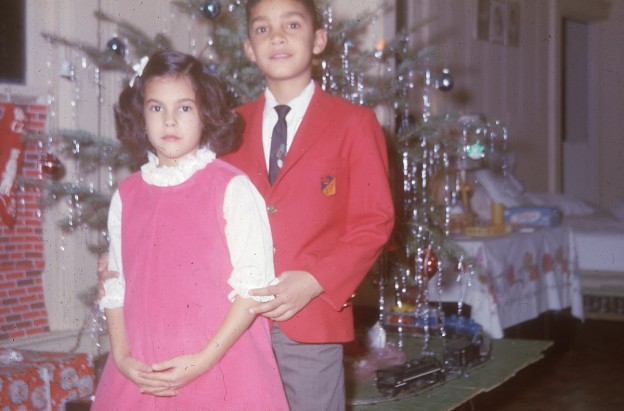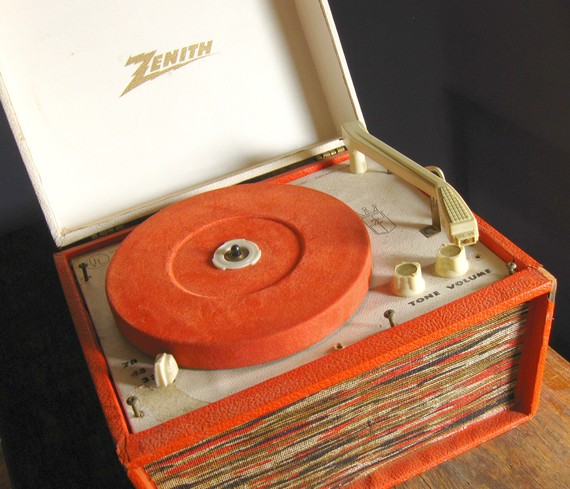Winter in the Midwest is something to be endured. After the faux joy of the holidays—Thanksgiving, Christmas and New Year’s—January settles in like an uninvited relative who won’t leave. Mind you, it’s not the cold or the snow. It’s the continually cloudy days that turn into weeks, then months, sucking all the life out of people until they are listless, colorless and humorless. A brief warm-up turns plowed piles of soft snow into crushed ice, and melts just enough of the ground cover so the landscape is several shades of brown somewhere between dormant and dead. Spring is still light-years away.
Sometimes there’s a break just in time to prevent a complete breakdown, but it’s half-hearted. The clouds stretching to the western horizon filter the sunlight just enough to rob the clear eastern sky of that truly rejuvenating blue, making it look like a backdrop from Davey and Goliath. Occasionally it’s so warm you’d swear the seasons were running in reverse and it was mid-October again, but the dried cornstalks were harvested long ago. Days like this are meant to be savored like a shot of Johnny Walker Blue, before the slowly suffocating grey rolls back in.
It was a time like this when you discovered her and the music—that high, clear, girlish voice; the oddly tuned guitar; and the words that spoke to you. She sang about cities and taxis, seagulls and pirates, darkness and redemption, and the child she gave up. She drove your roommate crazy; he didn’t understand and just looked at you with anger and frustration. But you and she were kindred spirits.
You moved on and lived alone in a Depression-era bungalow that smelled of fresh paint and old linoleum with a tinge of the Devil’s breath from the stove’s pilot light. It was okay; she made it easy to drift into a place of comfort and solitude. At least you weren’t in a beat-up New York City flat with a clanging radiator and millions of others “leading lives of quiet desperation.”
That was before the jackals tore at her soul, leaving her wounded and bewildered. Before the string of unsatisfying paramours made her jaded and cynical about love. Before the anger that could not be assuaged, given life in an animal roar that both roused and terrified.
Her words transcended mere poetry; they were exquisite, profound. She wrote of “broken trees and elephant ivories,” and “cold blue steel and sweet fire.” She peered into your ravaged mind when she wrote:
So why does it come as such a shock
To know you really have no one
Only a river of changing faces
Looking for an ocean
They trickle through your leaky plans
Another dream over the dam
And you’re lying in some room
Feeling like your right to be human
Is going over too
Time was relentless, passing ever more rapidly with each year. The wounds healed over; the scars faded. Anger, always destructive and exhausting, gave way to resolution, if not acquiescence. Both of you seemed to find a quiet peace, having lived your lives in your own ways.


